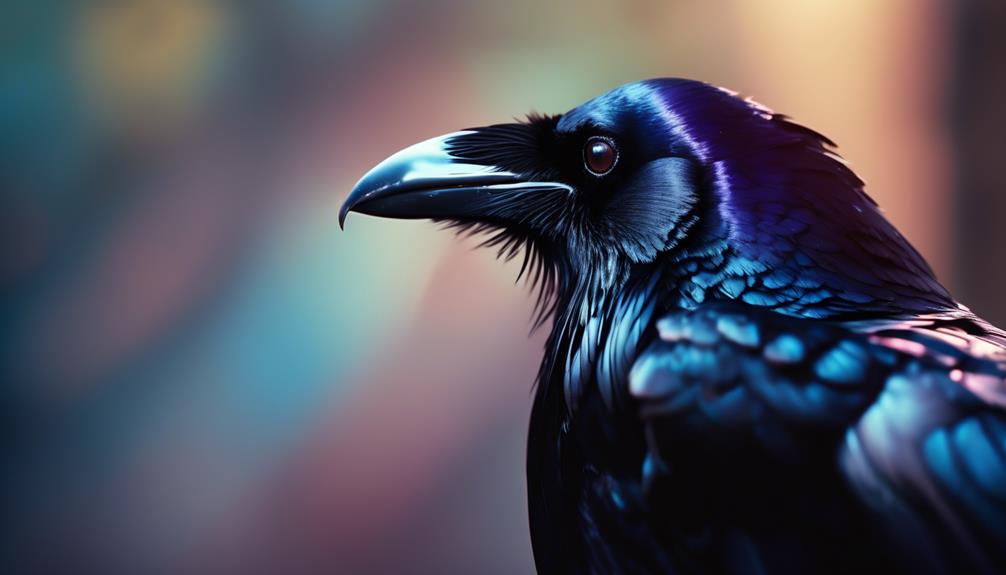In the world of avian creatures, few inspire as much curiosity and fascination as ravens, crows, and blackbirds. These enigmatic birds have long been shrouded in myth and mystery, captivating the human imagination for centuries.
From their striking physical characteristics to their intricate mating rituals, these species offer a wealth of secrets waiting to be unravelled.
Join us on a journey as we explore the hidden depths of these remarkable creatures, peeling back the layers of folklore and symbolism that surround them.
Prepare to be captivated by their mysterious allure and gain a deeper understanding of their significance in both the natural and cultural realms.
Key Takeaways
- Ravens are the largest and most adaptable of the three birds, with a wingspan measuring up to 4 feet.
- Crows and ravens are monogamous and form pair bonds, while blackbirds are generally polygamous.
- Ravens have a longer life expectancy of up to 21 years in the wild compared to crows (up to 8 years) and blackbirds (up to 4 years).
- Ravens and crows are deeply rooted in cultural significance and folklore, often associated with trickery, creation myths, and the spirit world, while blackbirds are associated with mysticism and hope.
Physical Characteristics

Ravens, crows, and blackbirds possess distinct physical characteristics that set them apart from one another.

